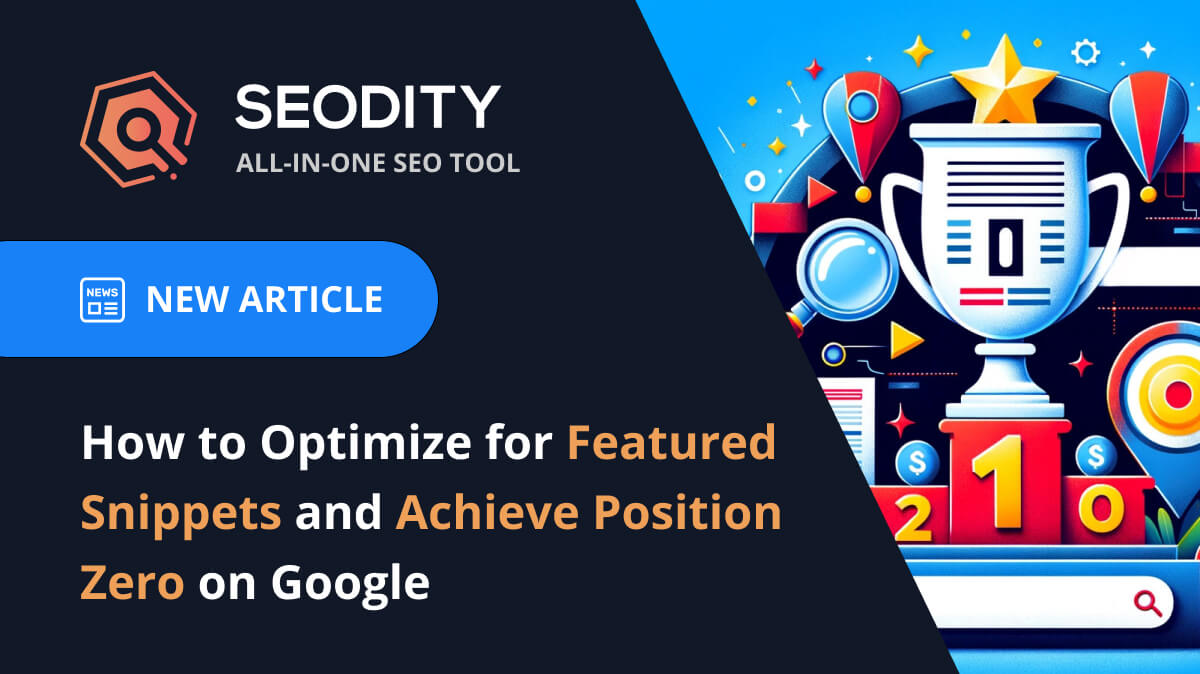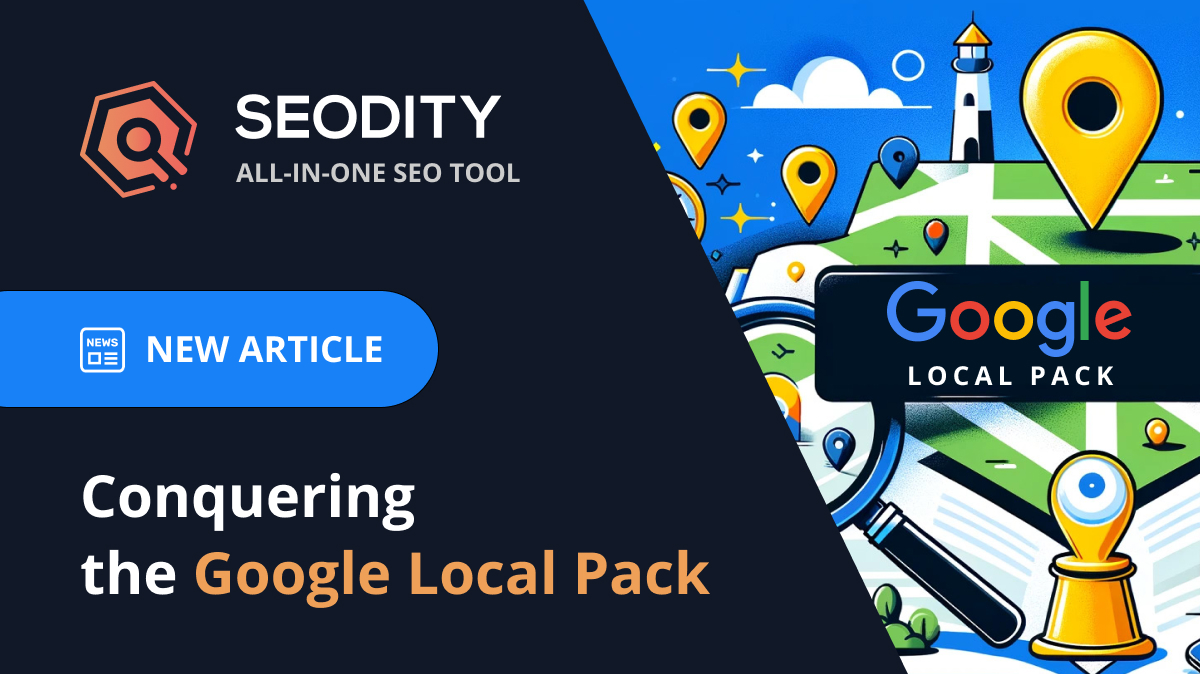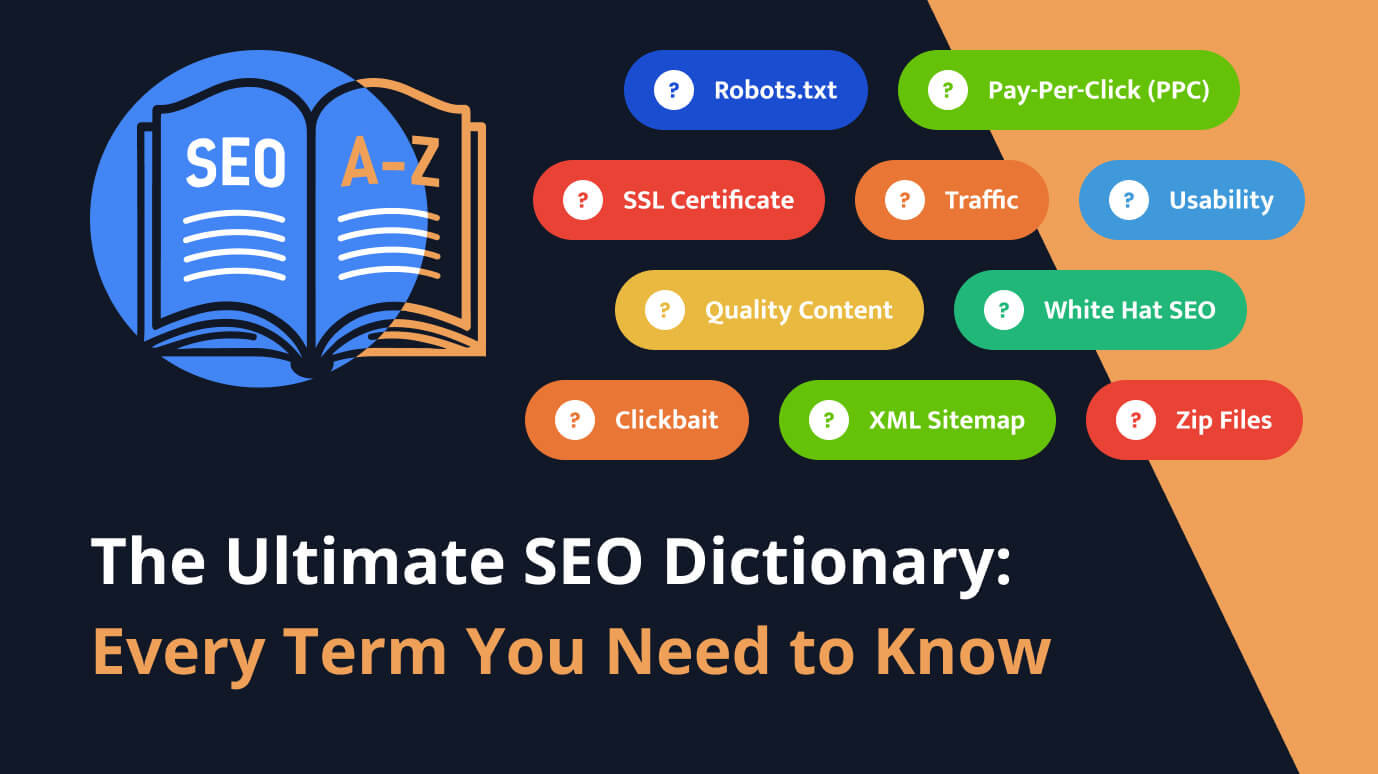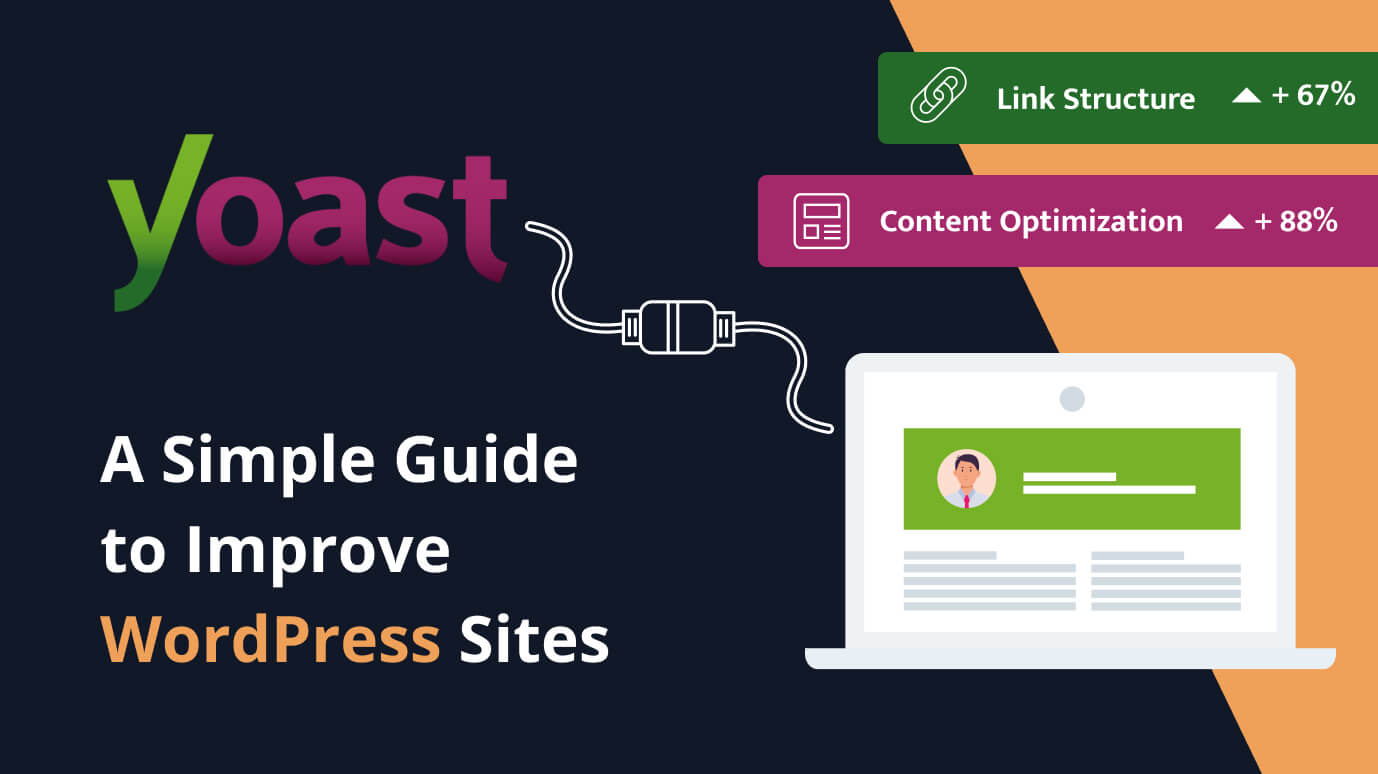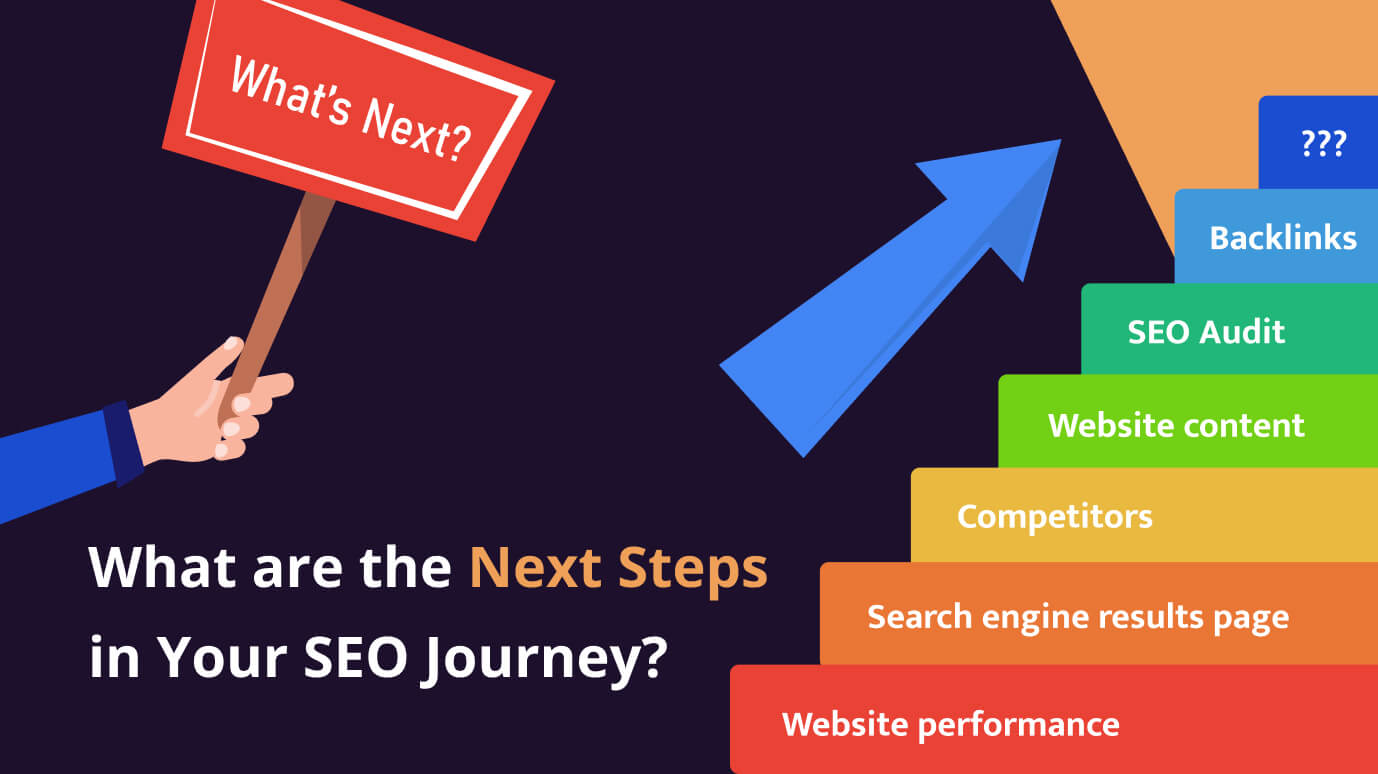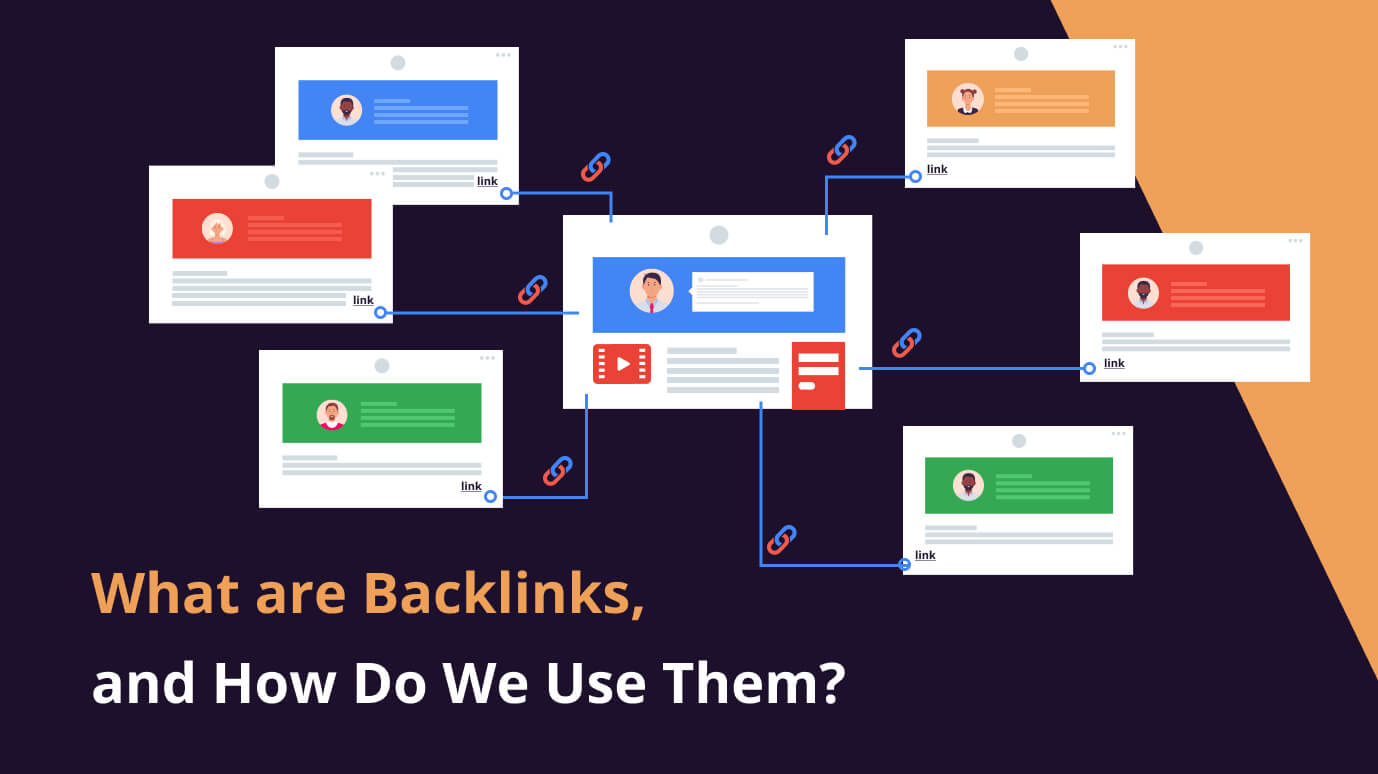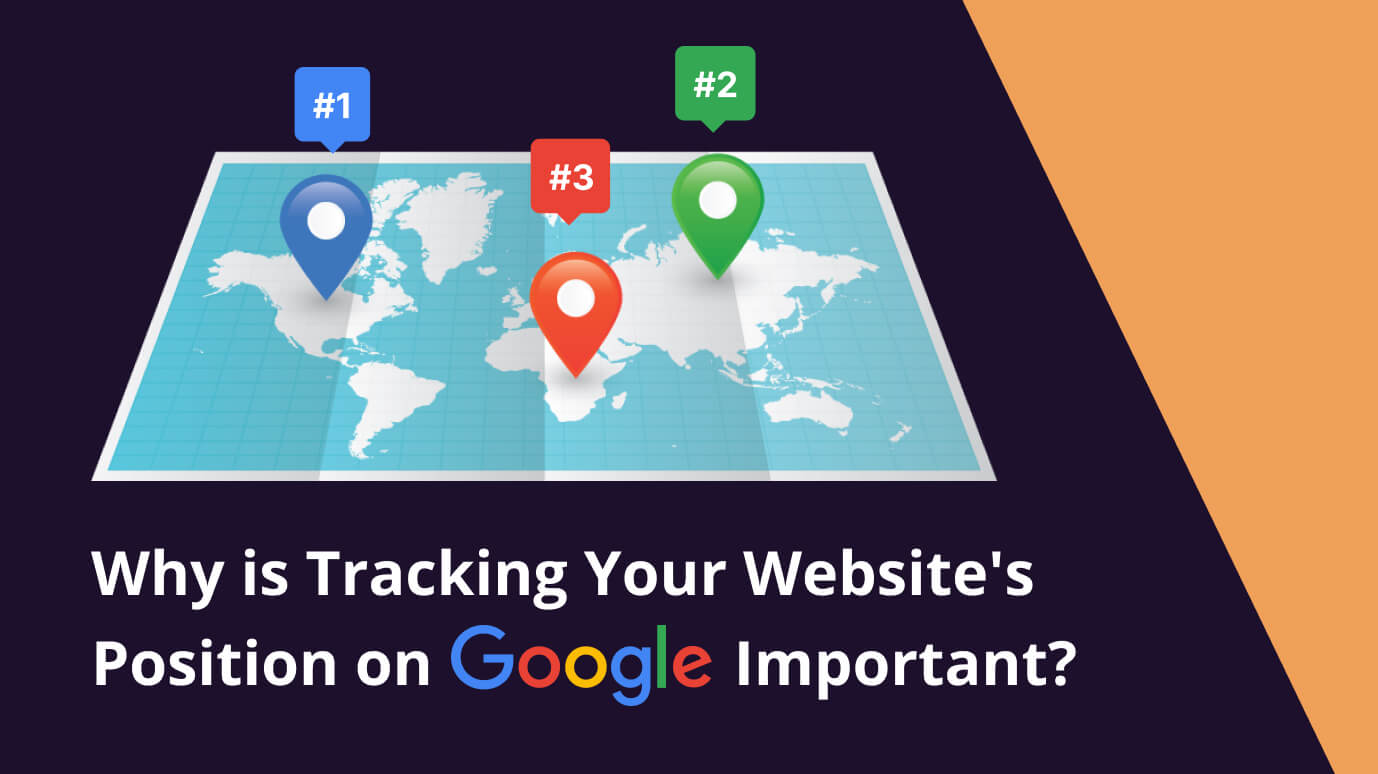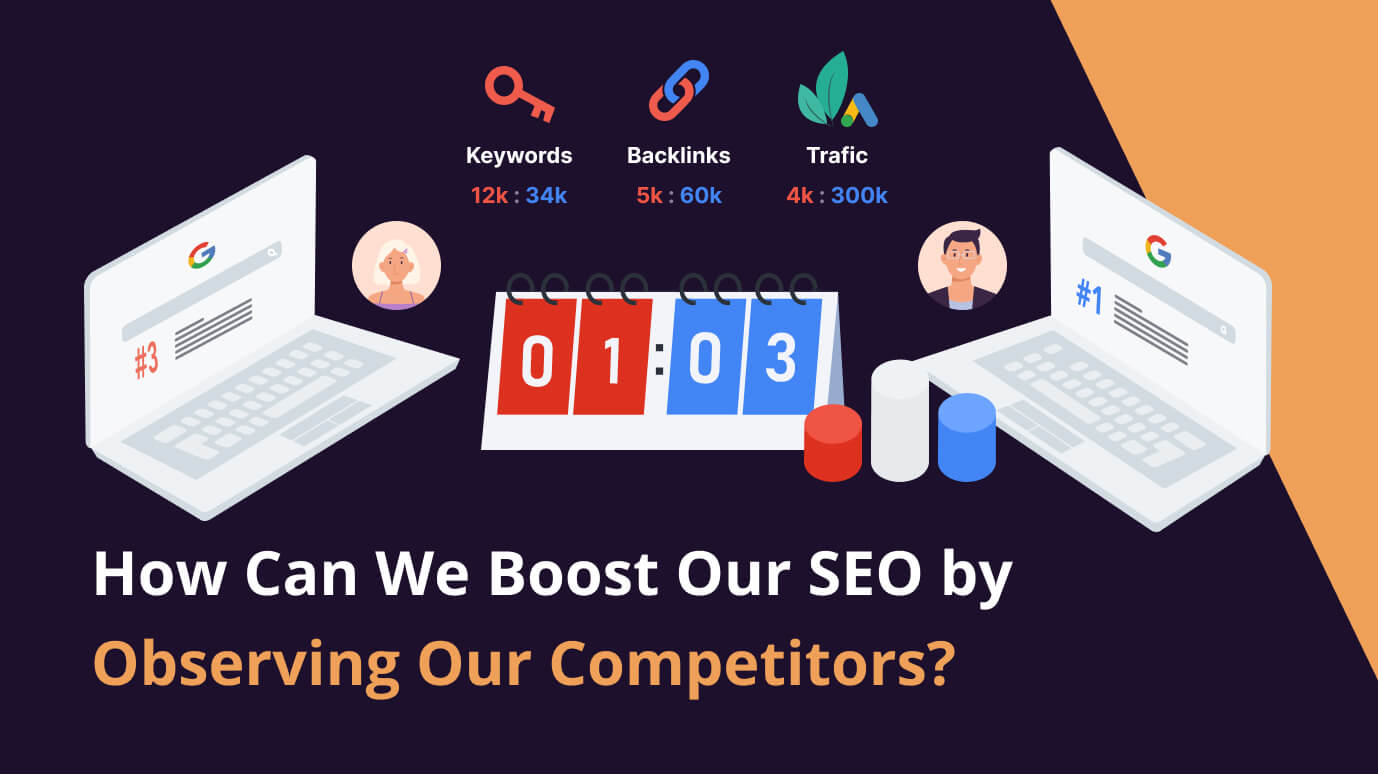
 4 min read
4 min readHow Can We Boost Our SEO by Observing Our Competitors?
This article is part of our beginner's series on SEO. If you missed the first part, you can read "Getting Started with SEO: A Beginner's Guide" here.
Why can observing what competitors are doing help us boost our position on Google?
The world of SEO is competitive. To stay ahead, it's essential to keep an eye on what your competitors are doing. Observing your competitors' SEO strategies can offer valuable insights into what works and what doesn't within your industry. It can help you identify trends, understand the tactics they're using to rank high on Google, and uncover new opportunities to improve your own SEO strategy.
Essentially, the analysis of competitors in SEO is about learning from others' successes and mistakes to elevate your own position on Google.

What are the ways in which we can see what our competitors are doing?
There are several ways to monitor what your competitors are doing in terms of SEO. One effective method is using the Organic Traffic Keyword Gap/Intersection options. This tool enables you to compare your website's keyword profile to that of your competitors. It helps identify the keywords you're missing and the ones you're ranking for, allowing you to adjust your strategy accordingly.
Another valuable tool is the Rank Tracker, which allows you to track your competitors' positions in search engine rankings. By observing the changes in their rankings, you can discern what SEO tactics they're employing to improve their positions and gauge the effectiveness of these tactics.
Examining your competitors' backlinks is another crucial strategy. Backlinks significantly influence search engine rankings. By analyzing your competitors' backlinks, you can discover new link-building opportunities that you might not have considered.
How can we see what our competitors' are doing using Seodity?
In every Seodity module, you are able to input your competitor's domain to view relevant data. This is an effective method of gaining a broader understanding of your competitor's strategies. However, a more efficient approach is to add these domains as competitors to your project. This not only offers quicker access to their data, but also lets you to access more information in some of the modules.
To do so, follow these steps:
- Navigate to your project and then select 'Project Settings.'
- Choose the 'Competitors' tab on the left. Here, suggestions of your competitors will appear, based on the shared keywords ranked in Google. You can click on a domain to add them to your competitors' list. Additionally, you can enter your competitor's domain in the field provided below.
- Confirm changes by clicking "Save Changes" in the upper right corner.

Once your competitors are added, there are several ways to examine your competitors' strategies.
Organic Traffic Keyword Gap/Intersection
The Keyword Gap shows the keywords for which your competitors rank, but you don't.
To find this information in Seodity:
- Navigate to the 'Organic Traffic' tab.
- Choose the competitor you wish to compare your website to.
- The 'Keywords Gap' data will be displayed below.
You can now analyze the keywords your competitors rank for, and you don't, to uncover potential opportunities.
The 'Keywords Intersection' displays the keywords that both you and your competitors rank for.
To view this information in Seodity, simply change the 'Keyword Gap' option to 'Keyword Intersection', and the data will appear. You can then easily analyze the keywords for which you are outranked and identify low-hanging opportunities to improve your position for those specific keywords.

Rank Tracker Competitors
If you add your competitors into your project, you can effortlessly compare the performance of your website against your competitors' in the "Rank Tracker" module. Simply select your competitor's domain in the "Competitors" field to see a comparison between your average position, positions for specific keywords, and so on. This method makes it easy for you to identify the keywords for which you rank lower than your competitors, as well as the webpages that result in better rankings for them.

Content Explorer Top Pages
By utilizing the Content Explorer module in Seodity, you can identify the webpages that drive the most traffic to your competitors.
Follow these steps:
- Navigate to the Content Explorer module and select the 'Top Pages' tab.
- Choose your competitor's domain from the "Competitors" field and click on "Start Analysis."

The results will appear in a table below. You can sort these results by "Organic Traffic" to identify the competitor's webpages that generate the most traffic. These webpages can inspire content creation for your own website.
Backlinks Competitors
In the Backlinks module of Seodity, you can discover which webpages are linked to your competitors' websites. This feature can assist you in uncovering new link-building opportunities that might have been overlooked previously.
Follow these steps:
- Navigate to the Backlinks module
- Select your competitor's domain in the "Competitors" field, then click "Search backlinks."

The results will be shown in a table below. Here, you can view your competitors' backlinks.
Conclusion
In this article, we've learned why observing our competitors' actions is beneficial and how to decipher their SEO strategies using Seodity. Up next, we will apply this knowledge to craft content that will boost our ranking for topics pertinent to our domain.
In the next article, "How to Quickly Create New Content with an AI Content Editor," we'll explore how to use AI to make content creation easier. We'll look at how AI can save you time and improve your SEO. You'll learn how this exciting tool can help you create better content faster. So, get ready to step into the future of content creation with AI! Read it here.

Co-founder of Seodity
.svg)



